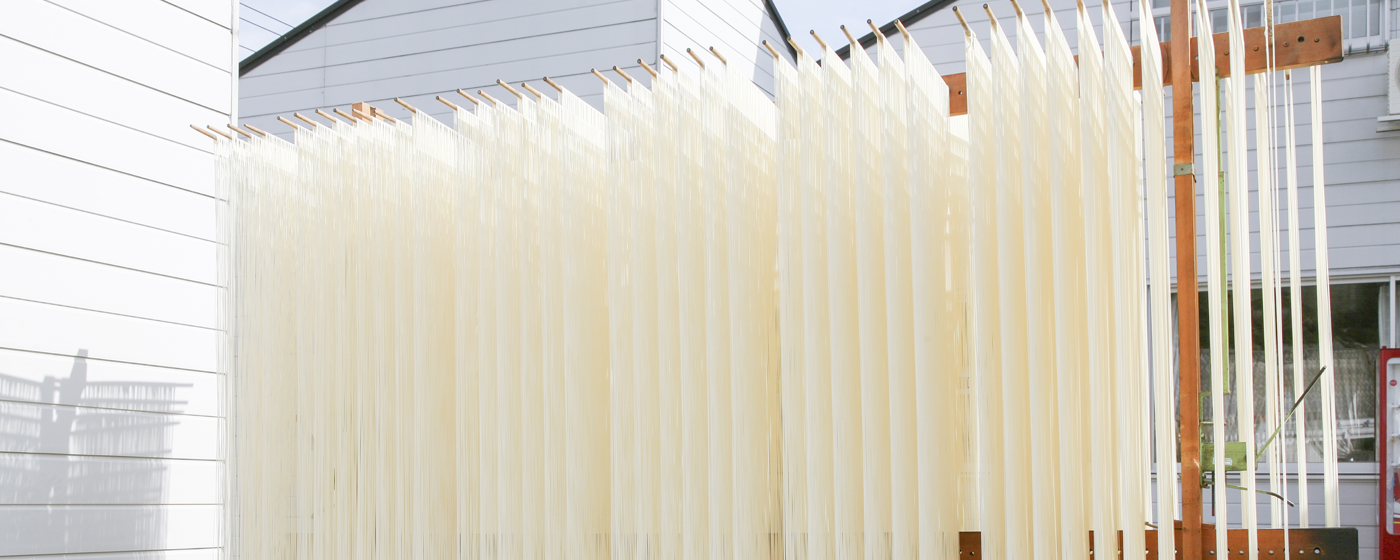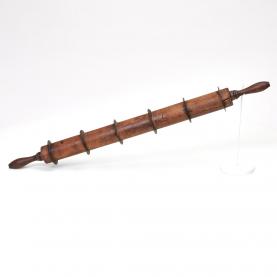Pasta
It is thought that pasta was invented in several regions at the same time. It was known to the Ancient Greeks and was already recorded in China in the 1st century BCE. It is important to distinguish between fresh pasta made to be eaten straight away at home and dried pasta, dehydrated after production and ideal for transportation and storage.
Pasta - its origins and progression towards a product for storage
Pasta has its roots in several countries, including China and Italy. It appeared in Asia over 2000 years ago. In the northern part of China, people mostly eat pasta made from wheat, whereas in the south it is made from rice.
It is a myth that Marco Polo introduced pasta to Italy upon his return from a trip to China in the late 13th century. Pasta made from flour and water for domestic use was already known in Ancient Greece. This was fresh pasta, made to be eaten straight away. Dried pasta was recorded from the 12th century in Sicily and is ideal for transportation and storage. The first pasta factories appeared in Naples, where the climate offers ideal conditions of ventilation and humidity favourable to drying.
The mechanisation of factories in the 19th century opened a new chapter in the history of pasta. It could then be mass produced throughout the world.
Pasta production
The process for making pasta is simple. It involves mixing liquid and flour together, then kneading the mixture vigorously until smooth, firm dough has been formed. After kneading, the dough is rolled or extruded under pressure. Extrusion involves passing the dough through a nozzle, the end of which determines the shape of the pasta. Rolling produces sheets of pasta that are simply cut to the required length and width. The pasta produced by either method can be used fresh for immediate consumption or dried for storage.
Industrially produced pasta is made in large automated factories. The drying process gives it a long shelf life and involves a stream of hot, humid air that gradually lowers the water content of the pasta. It is a delicate operation because the pasta may go mouldy if it is carried out too slowly or the pasta may crack or become brittle if it is carried out too quickly. Commercially available dried pasta can be stored indefinitely in a dark, dry location.
The two main pasta families
In the Italian tradition, pasta is made using a variety of hard wheat with a high protein and gluten content, but low in starch. This wheat produces dough that withstands cooking, whilst remaining firm and not too sticky. However, pasta can also be made from soft wheat, or from a mixture of hard wheat and soft wheat, buckwheat flour, rice flour or corn flour. The liquid used is water or a mixture of water and egg.
In Asia, soft wheat, rice and buckwheat are used to make noodles. Transparent noodles are made with mung bean flour. Most Asian noodles are elongated to symbolise longevity. Wontons are very thin sheets of pasta made from wheat, water, eggs and salt and stuffed with meat, fish, seafood or vegetables, hence they resemble Italian ravioli.
D’AMICO, Serge, 1997. L’encyclopédie des aliments. Paris : Éditions Fontaine.
DONATI, Stella, 1999. Les pâtes. Paris : Larousse.
GOFFAUX, Sophie, PLOUVIER, Liliane, VINCKLE, Gaëtan, s. d. Histoire de pâtes [en ligne]. [Consulté le 30 novembre 2015]. Disponible à l’adresse : http://histoiredepates.net






